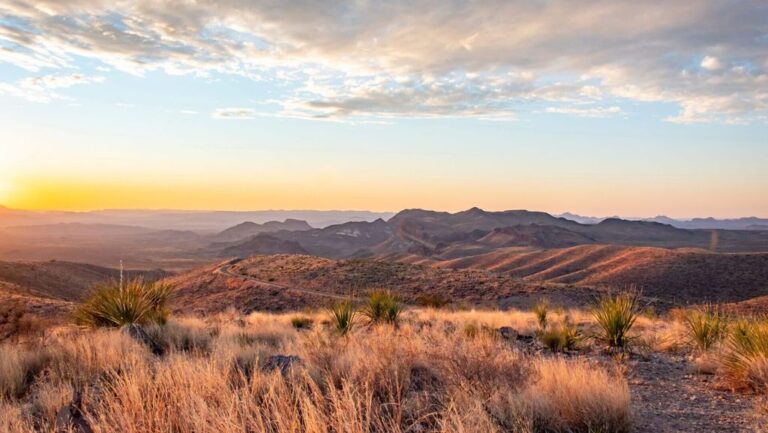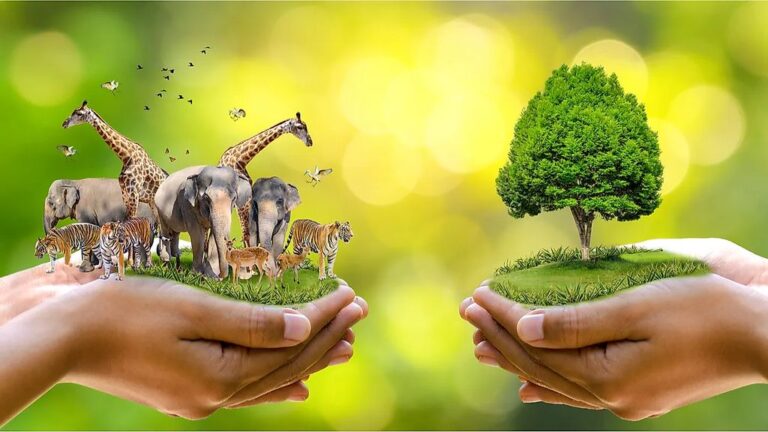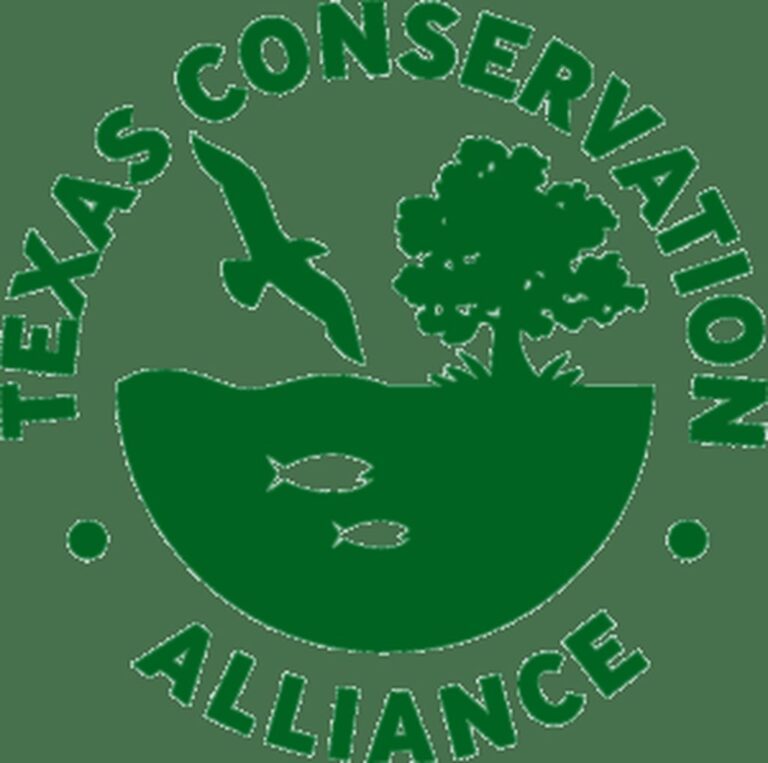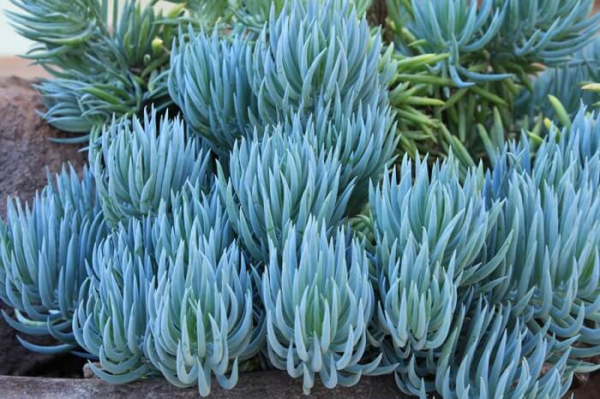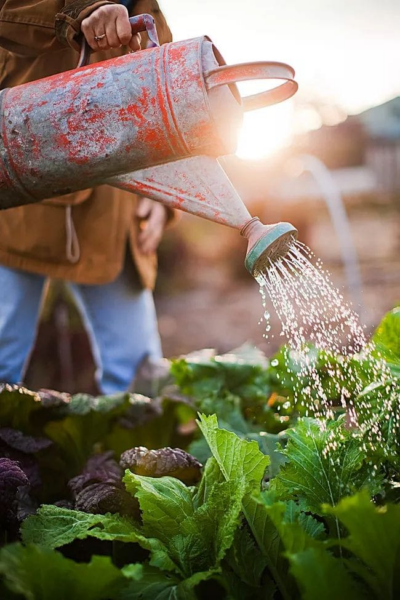Leading Texas Conservationists: Profiles and Contributions to the State
Texas, a land of vast landscapes and diverse ecosystems, is a treasure trove of natural beauty. From the Hill Country’s rolling grasslands to the Gulf Coast’s wetlands, Texas hosts an array of unique habitats that are vital for its wildlife and the well-being of its residents. These ecosystems face mounting challenges, such as urban sprawl, climate change, and industrialization. Standing at the forefront of the battle to protect Texas’s natural heritage are its conservationists—individuals who dedicate their lives to preserving the state’s ecological balance.
In this comprehensive article, we’ll dive deep into the lives, achievements, and ongoing impact of Texas’s leading conservationists. Their stories not only highlight the importance of environmental stewardship but also inspire action to safeguard the Lone Star State for generations to come.
1. The Critical Role of Conservation in Texas
Texas’s rich biodiversity and expansive landscapes are unparalleled. The state is home to:
- Over 5,000 species of native plants.
- Iconic animals such as the ocelot, Kemp’s ridley sea turtle, and pronghorn antelope.
- Vital ecosystems like the Edwards Plateau, Big Thicket, and Gulf Coastal Plains.
However, these ecosystems face threats from habitat destruction, water shortages, and pollution. Conservation is essential for:
- Biodiversity preservation: Protecting species that are unique to Texas.
- Sustainable growth: Balancing urban expansion with environmental health.
- Climate resilience: Mitigating the effects of climate change through carbon sequestration and water management.
Conservation leaders in Texas play a pivotal role in addressing these challenges, blending science, advocacy, and community engagement to protect the environment.
2. Profiles of Texas’s Leading Conservationists
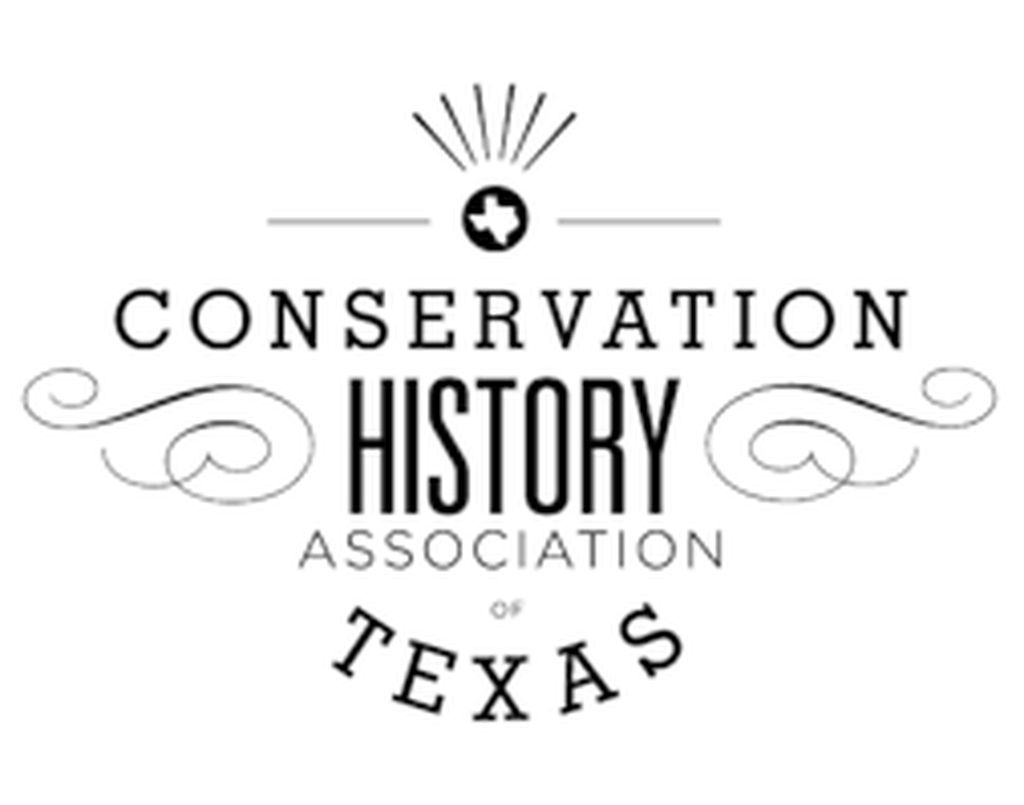
2.1. Lady Bird Johnson: A Pioneer in Environmental Awareness
Lady Bird Johnson, former First Lady of the United States, was a visionary advocate for environmental preservation. Her contributions include:
- Highway Beautification Act: This legislation aimed to reduce visual pollution along highways and preserve natural landscapes.
- Lady Bird Johnson Wildflower Center: Founded in Austin, this center promotes the conservation of native plants and sustainable landscaping practices.
- Legacy: Lady Bird’s tireless work set a precedent for integrating environmental concerns into public policy.
2.2. David Bamberger: The Land Healer
David Bamberger, a successful businessman-turned-conservationist, transformed his overgrazed ranch into a thriving ecosystem. His key achievements include:
- Selah, Bamberger Ranch Preserve: A 5,500-acre restoration project that showcases sustainable land management practices.
- Water Conservation: Through innovative methods like terracing and reforestation, he restored natural springs on his property.
- Education: The preserve serves as a hub for teaching others about land and water stewardship.
2.3. Terry Hershey: Protector of Urban Green Spaces
Known as Houston’s “First Lady of Conservation,” Terry Hershey led efforts to preserve the city’s natural areas. Her notable contributions include:
- Buffalo Bayou Preservation: She successfully prevented the channelization of this vital waterway, preserving its ecological integrity.
- Terry Hershey Park: This 500-acre park in Houston provides a green oasis for recreation and wildlife habitat.
- Grassroots Activism: Hershey’s work demonstrated the power of community engagement in shaping environmental policies.
2.4. Carter Smith: Innovator in Wildlife Management
Carter Smith, former Executive Director of the Texas Parks and Wildlife Department (TPWD), modernized the state’s conservation strategies. His achievements include:
- Expanding Public Lands: Under his leadership, TPWD increased access to state parks and wildlife management areas.
- Species Protection: He spearheaded efforts to save endangered species like the prairie chicken and ocelot.
- Partnerships: Smith fostered collaborations with private landowners to implement sustainable practices.
2.5. George Bristol: Champion of State Parks
George Bristol has been a relentless advocate for funding and maintaining Texas’s state parks. His contributions include:
- Texas State Parks Funding Initiative: Leading efforts to secure consistent funding for the state’s park system.
- Advocacy: His work ensures that Texans have access to well-maintained parks and recreational areas.
2.6. Dr. Robin Doughty: Bird Conservation Expert
As a professor and author, Dr. Doughty has dedicated his career to studying and protecting Texas’s avian populations. Key accomplishments include:
- Research on Bird Migration: His studies have contributed to the understanding of migratory patterns and habitat needs.
- Advocacy for Endangered Birds: Doughty has been a leading voice in protecting species like the whooping crane and black-capped vireo.
3. Major Contributions of Texas Conservationists
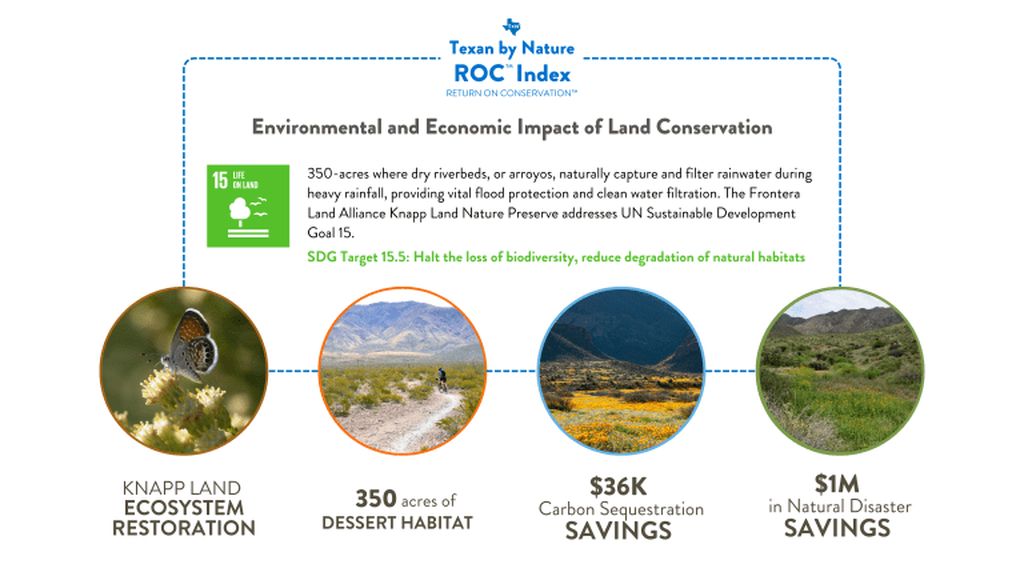
3.1. Habitat Restoration
Conservationists like David Bamberger have transformed degraded lands into thriving ecosystems, demonstrating the power of restoration. Projects across the state have revived prairies, wetlands, and forests.
3.2. Water Resource Management
Texas faces severe water scarcity issues. Leaders like Bamberger and Smith have implemented innovative techniques to conserve and restore natural water systems.
3.3. Public Education and Advocacy
Conservationists such as Lady Bird Johnson and Terry Hershey emphasized the importance of public awareness. Their educational efforts have inspired countless Texans to engage in environmental protection.
3.4. Legislative Impact
From Lady Bird Johnson’s policy work to George Bristol’s advocacy for state park funding, conservationists have played a critical role in shaping Texas’s environmental legislation.
4. Challenges in Texas Conservation
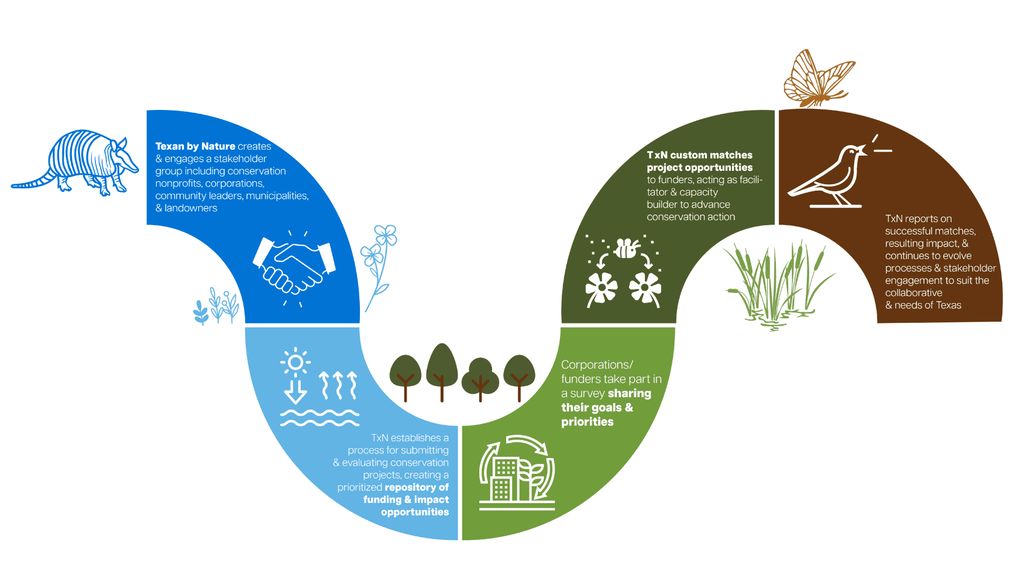
While these leaders have made significant strides, they face ongoing challenges:
- Urbanization: Rapid population growth and urban sprawl threaten natural habitats.
- Climate Change: Increasing temperatures and extreme weather events disrupt ecosystems.
- Limited Funding: Conservation projects often struggle to secure adequate resources.
- Public Awareness: Many Texans remain unaware of the state’s ecological challenges.
5. How Texans Can Support Conservation Efforts
Texans can honor the work of these conservationists by getting involved:
- Volunteer: Participate in local cleanup drives, tree planting, or wildlife monitoring programs.
- Donate: Support organizations like TPWD, The Nature Conservancy, or local land trusts.
- Advocate: Contact legislators to support environmental policies and sustainable development initiatives.
- Educate Yourself: Learn about Texas’s ecosystems and share knowledge with your community.
6. The Future of Conservation in Texas
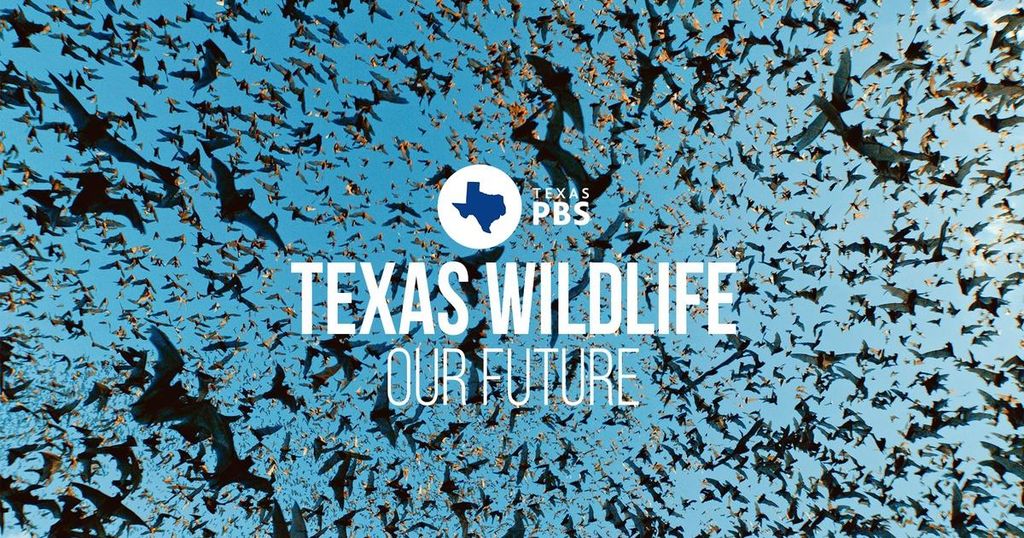
The work of Texas’s conservation leaders lays a strong foundation for the future. Emerging technologies, such as satellite monitoring and AI for wildlife tracking, are enhancing conservation efforts. Additionally, increased collaboration between private landowners, conservation organizations, and government agencies promises more holistic solutions to environmental challenges.
Public involvement remains a cornerstone of success. By fostering a culture of environmental stewardship, Texans can ensure that the legacy of their conservation heroes endures.
Conclusion
Texas’s leading conservationists have made profound contributions to preserving the state’s natural beauty and biodiversity. From Lady Bird Johnson’s visionary advocacy to David Bamberger’s transformative land restoration, these individuals have shown that dedicated efforts can yield incredible results.
As Texas faces new environmental challenges, the lessons and achievements of these conservationists serve as a guiding light. By supporting ongoing efforts, embracing sustainable practices, and inspiring the next generation, Texans can continue to protect their state’s rich ecological heritage.
Q&A: Frequently Asked Questions About Texas Conservationists
Q1: Who are some of the most influential conservationists in Texas?
Some of the most influential conservationists in Texas include:
- Lady Bird Johnson: Advocated for native plant conservation and environmental beautification.
- David Bamberger: Restored overgrazed land into a thriving ecosystem at Selah, Bamberger Ranch Preserve.
- Terry Hershey: Championed urban green space preservation in Houston.
- Carter Smith: Modernized wildlife management through his leadership at TPWD.
- George Bristol: Advocated for funding and development of Texas’s state parks.
Q2: What impact have Texas conservationists had on the state?
Texas conservationists have made significant contributions, including:
- Restoring habitats like prairies, forests, and wetlands.
- Protecting endangered species, such as the whooping crane and Kemp’s ridley sea turtle.
- Raising public awareness about the importance of conservation.
- Securing funding and legislative support for state parks and wildlife areas.
Q3: What challenges do conservationists in Texas face?
The major challenges include:
- Urbanization, which encroaches on natural habitats.
- Climate change, causing extreme weather events and disrupting ecosystems.
- Limited funding for large-scale restoration and conservation projects.
- Educating a growing population about the importance of preserving natural resources.
Q4: How can I get involved in conservation efforts in Texas?
You can support conservation efforts by:
- Volunteering: Join local conservation projects or cleanup events.
- Donating: Contribute to organizations like the Texas Parks and Wildlife Foundation or The Nature Conservancy.
- Advocating: Support policies that prioritize environmental protection.
- Practicing Sustainability: Reduce waste, conserve water, and use eco-friendly products.
Q5: What is the legacy of Lady Bird Johnson in Texas conservation?
Lady Bird Johnson’s legacy includes:
- Founding the Lady Bird Johnson Wildflower Center to promote native plant conservation.
- Leading the passage of the Highway Beautification Act, which reduced visual pollution and protected natural landscapes.
- Inspiring generations to appreciate and preserve Texas’s natural beauty.



